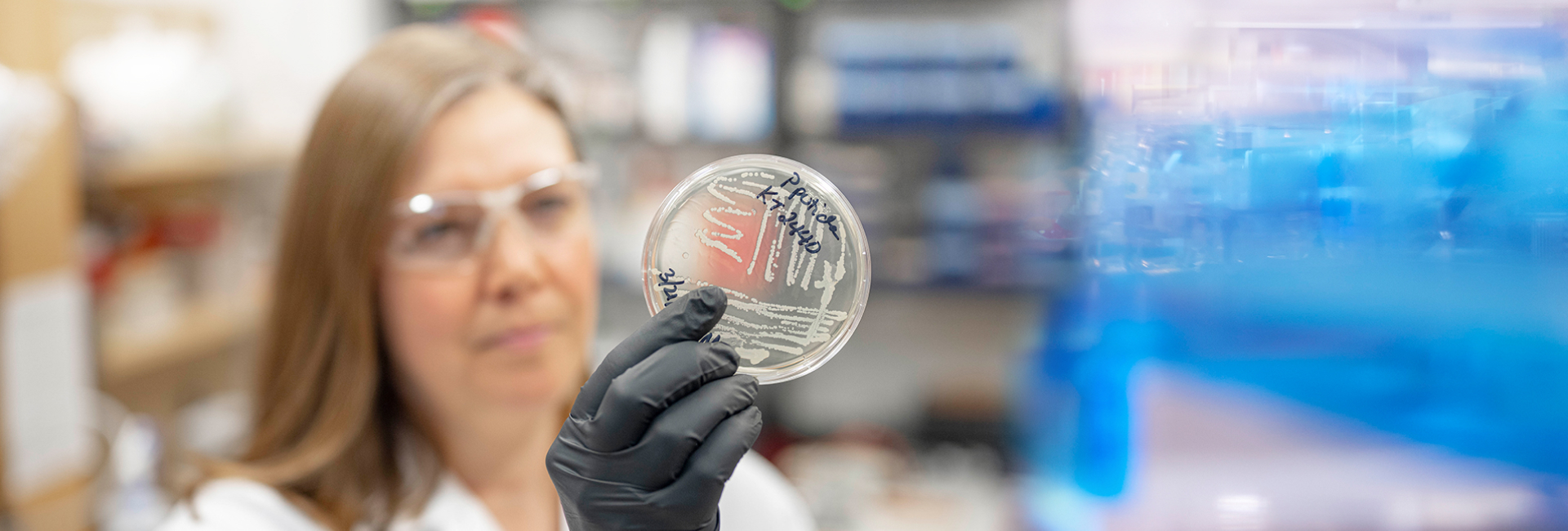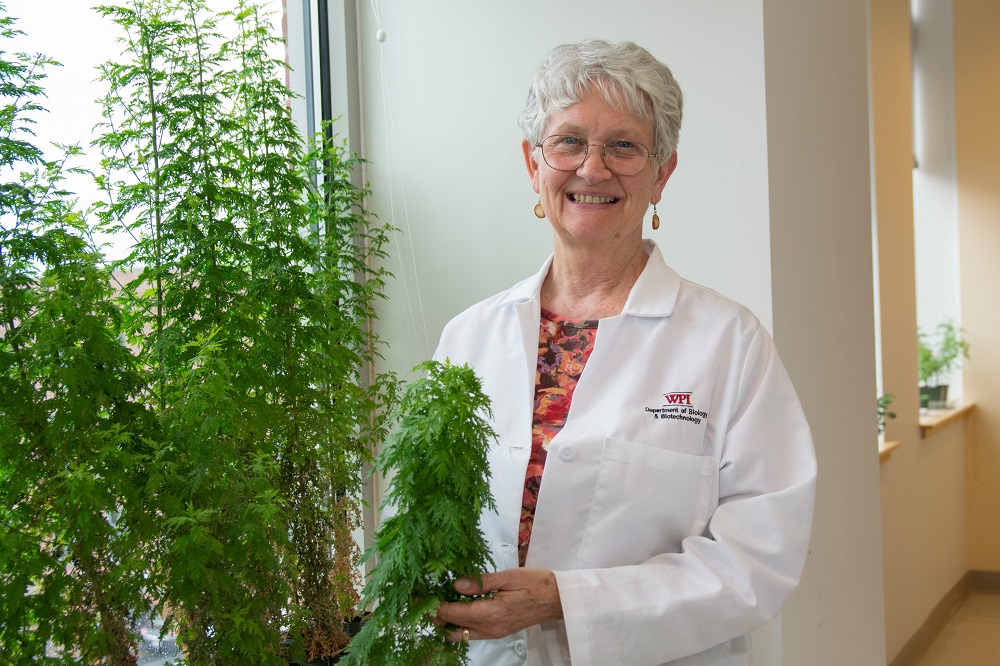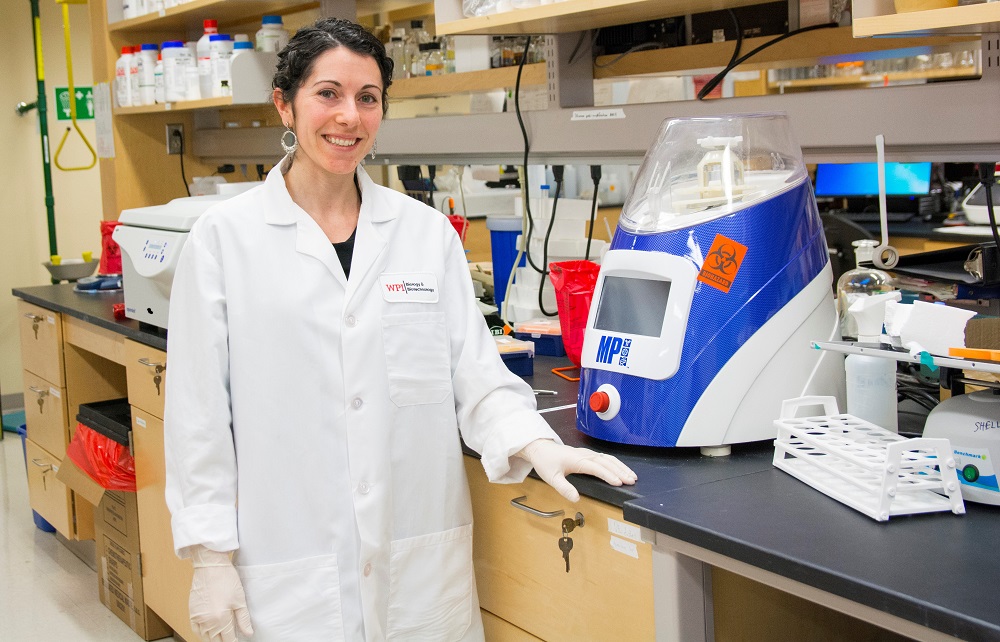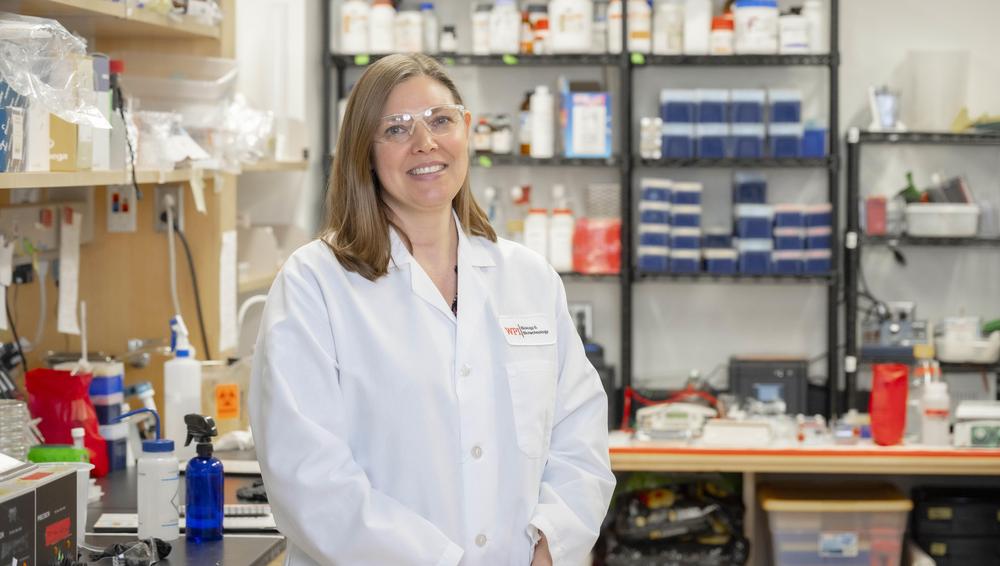Worcester, Mass.– Dec. 3, 2008 – Interleukin-12 is a naturally occurring protein essential for the proper functioning of the human immune system. Having either too much or too little interleukin-12 may play a role in the development of many diseases, including some cancers and auto-immune disorders like Crohn’s, psoriasis, and rheumatoid arthritis. In turn, modulating interleukin-12 levels could yield new therapies for those conditions.
In an effort to create a new and cost-effective method for producing interleukin-12 and make more of the scarce protein available for research and therapeutic development, a team of scientists at Worcester Polytechnic Institute’s Life Sciences and Bioengineering Center (WPI) and the Arkansas Bioscience Institute at Arkansas State University (ABI) reports that hairy roots from genetically modified tobacco plants can be grown in a contained novel mist bioreactor system, yielding significant quantities of murine interleukin-12. A paper detailing the results of the study has been published early, online, by the journal Biotechnology and Bioengineering and will appear in the journal’s printed edition early in 2009.
“We are very encouraged by the results of this study,” says Pamela J. Weathers, PhD, professor of biology and biotechnology at WPI, co-author of the paper. “Interluekin-12 is a valuable protein and there just isn’t enough available for biomedical research, let alone for therapeutic development. Our study shows that we can use plants to produce interleukin-12, and other therapeutic proteins, in a cost-effective controlled process.”
The tobacco project is one of several emerging collaborative efforts between WPI and ABI. In the current study, tobacco plants were modified in the lab of Carole Cramer, PhD, ABI’s executive director and co-author of the paper. Cramer’s team successfully inserted into tobacco plants a mouse gene that directs the production of interleukin 12. Hairy root cultures from those modified tobacco plants were then grown in a mist reactor developed in the Weathers lab. As its name implies, the mist reactor uses ultrasonic technology to spray a fine mist of water and nutrients on the root cultures, which are suspended in a plastic bag. The nutrient solution is collected at the bottom of the bag and recycled through the system. In this way, all of the materials are completely contained and isolated from the environment. “Some have concerns about growing genetically modified plants in an open field where they could cross-pollinate with other species. Our mist reactor overcomes those concerns because the system is completely contained,” Weathers says. “There is no interaction with the environment, and once we’ve collected the therapeutic proteins grown in the roots, all the remaining material is safely destroyed.”
Traditional pharmaceuticals, like aspirin or statins for lowering cholesterol, are made by synthesizing and combining chemicals in a factory-like production setting. Therapeutic proteins are biologic molecules produced in living cells, which are then isolated, purified and prepared for use in treating disease. For example, insulin is a therapeutic protein now produced by inserting a human insulin gene into bacteria, which in turn prompts the bacteria to make human insulin. Using plants as a production system for therapeutic proteins can not only be more cost-effective than animal cell-based production, but can also significantly reduce the risk of contamination by animal or human viruses or pathogens.
In the current study, Weathers compared the capabilities of the mist reactor with two other common methods for growing plant cultures—the shake flask method and the airlift bioreactor. The results showed the mist reactor produced the highest concentration of interleukin 12. “Our system is simple and scalable. We’ll use these data to optimize this kind of process and scale it up to the next level,” Weathers said.
On the genetics side, the current study used a mouse gene as a model to test the idea and the process. Now, with positive results in hand, Cramer’s team can begin to study a human interleukin-12 gene’s ability to direct the production of the human protein in tobacco plants. "Making large complex pharmaceutical proteins in a way that is highly reproducible, scalable, and not cost prohibitive is quite challenging,” Cramer says. “The mist reactor seems excellent for producing high-quality proteins for vaccine trials and therapeutic applications.”
The mist reactor’s capabilities are not restricted to tobacco roots. The system is being tested on several other plant cultures, including Artemisia annua, which naturally produces very small quantities of an effective antimalarial molecule known as artemisinin. “With our colleagues in Arkansas, we are making good progress on developing the technology and understanding the biology that will allow us to use plants to help create new pharmaceuticals and other chemical building blocks essential for a healthy society and environment,” Professor Weathers said.
About The Arkansas Biosciences Institute
The Arkansas Biosciences Institute is a five member research consortium funded by Arkansas’ Tobacco Settlement Proceeds Act of 2000. The Consortium is focused on cutting edge research at the interface of agriculture and medicine with the long term goal of enhancing the health of Arkansans and the nation. At Arkansas State University, a new state-of-the-art research building was constructed to house this new endeavor with a grand opening held in September 2004. Since 2004, dynamic cross-disciplinary research clusters have been developed in four target areas: plant-based bioproduction of proteins for medical and biofuels applications; plant metabolic engineering; molecular innovations in food sciences; and the interface of environment, agriculture, and human disease.



